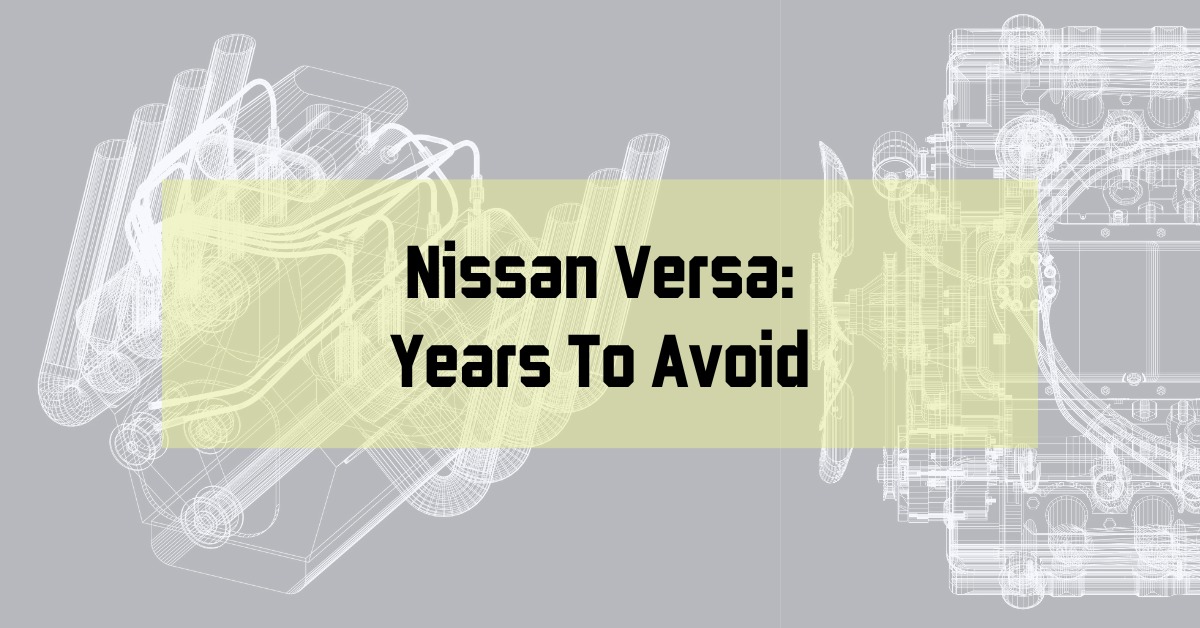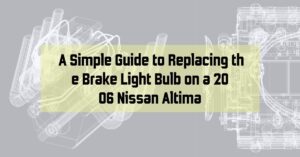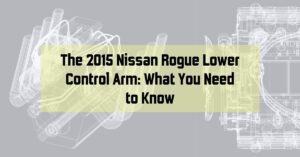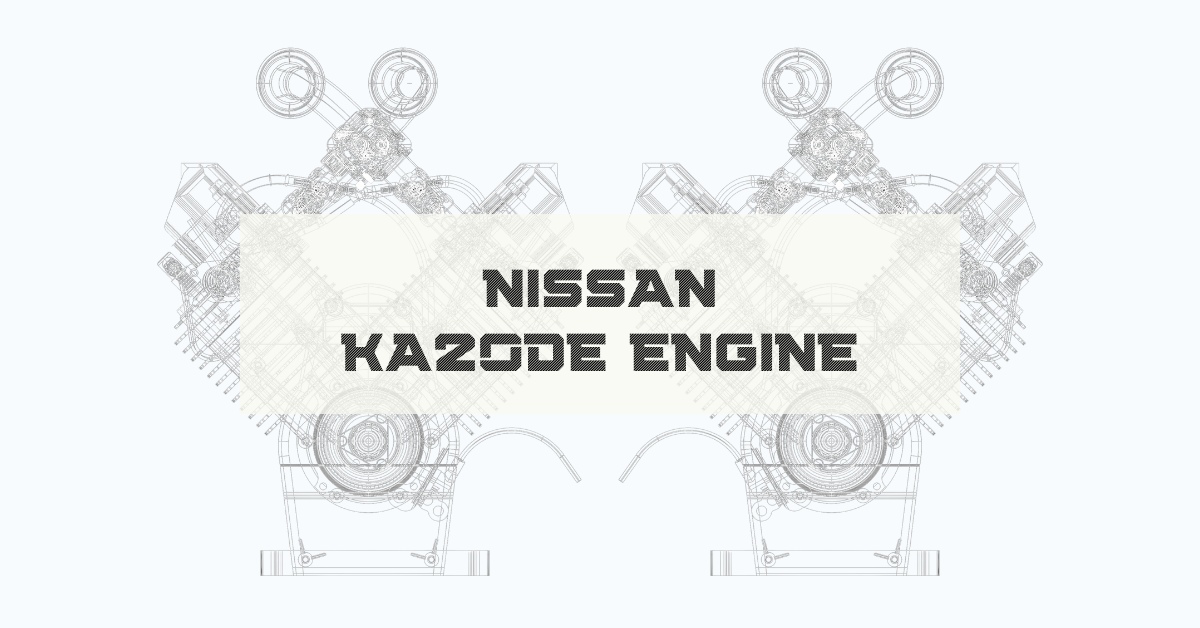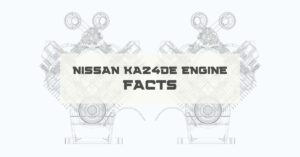The Nissan Versa, known for its affordability and fuel efficiency, has been popular among compact cars since its debut. However, like all vehicles, not all years of the Versa are created equal. Some model years have proven more reliable than others, making it essential for potential buyers to know which years to avoid. This article aims to guide you through the Nissan Versa model years, highlighting those with known issues so you can make an informed decision.
Nissan Versa has seen various changes over the years. From design updates to mechanical improvements, each model year has its unique features and potential issues.
2012 Nissan Versa
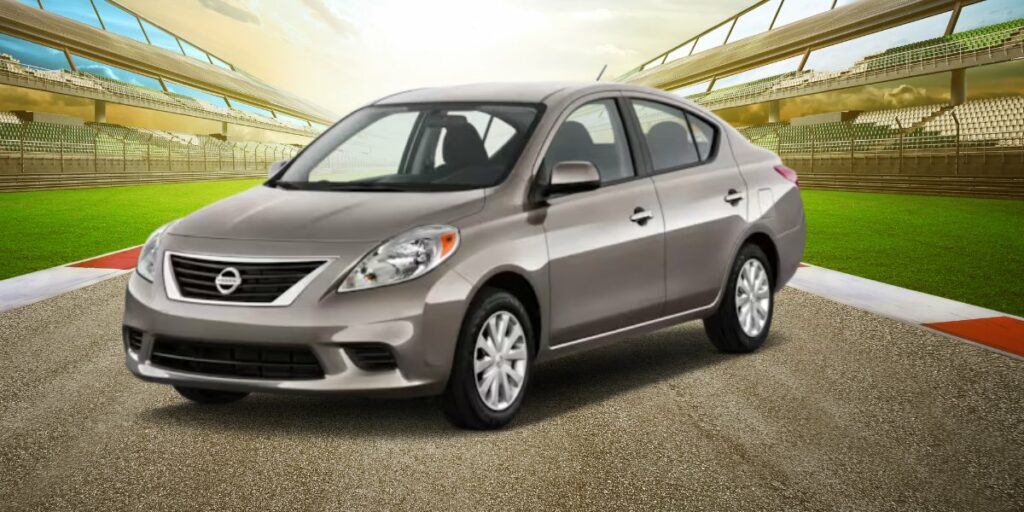
The 2012 Nissan Versa is a particularly problematic year, primarily due to significant transmission issues. This model year’s Continuously Variable Transmission (CVT), while innovative in theory, led to numerous complaints from owners.
- CVT Issues: The most pressing concern with the 2012 Versa was its CVT. Owners frequently reported problems such as unexpected shaking and stuttering during acceleration. These issues often manifested without warning and could significantly impair the driving experience.
- Transmission Failure: More severe than the shaking and stuttering, some 2012 Versas experienced complete transmission failure. This issue was a major inconvenience and resulted in costly repairs. Replacing a CVT can be substantial, adding a financial burden to owners.
- Safety Concerns and Recall: The transmission problems in the 2012 Versa raised safety concerns, as unpredictable vehicle behavior can lead to dangerous situations on the road. In response to these issues, Nissan extended the warranty on certain Versa models, acknowledging the widespread nature of the problem.
2009 Nissan Versa

The 2009 Nissan Versa is another year flagged for significant issues concerning the suspension and exhaust systems.
- Suspension Problems: The front coil springs were a notable problem in the 2009 Versa. There were reports of these springs fracturing unexpectedly, which could lead to tire punctures and compromised vehicle control, posing a significant risk to driver and passenger safety.
- Exhaust and Fuel System Concerns: In addition to suspension woes, the 2009 Versa also faced issues with its exhaust and fuel systems. These problems further contributed to the unreliability of the vehicle. They could lead to performance issues and an increased risk of malfunctions.
- Impact on Reputation: These persistent issues in the 2009 Versa model negatively impacted Nissan’s reputation for reliability in the compact car segment, leading potential buyers to consider other options.
2015 Nissan Versa
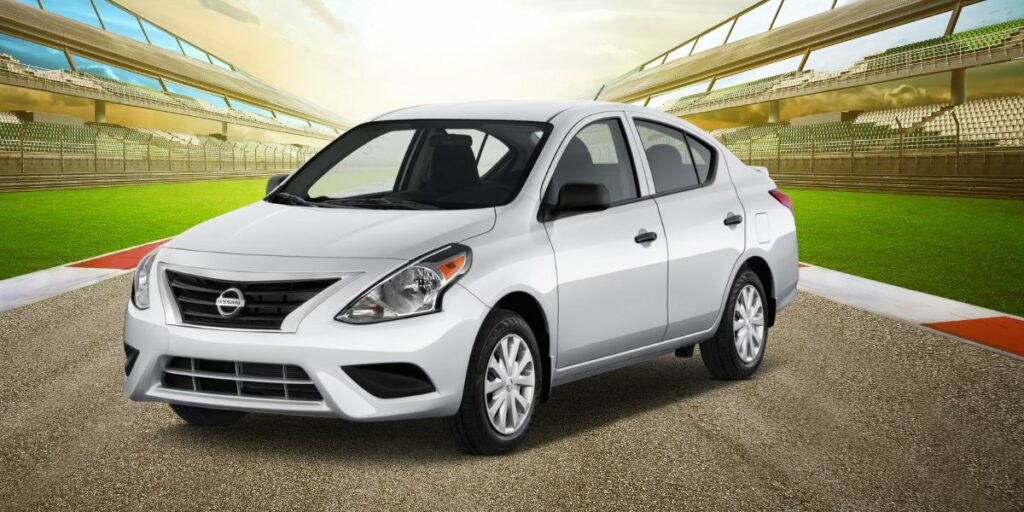
While not as critically flawed as the 2012 and 2009 models, the 2015 Nissan Versa also had its share of concerns, primarily regarding interior quality and comfort.
- Interior and Accessory Problems: Owners of the 2015 Versa frequently reported dissatisfaction with the interior quality. Issues included uncomfortable seats, problems with seat adjustments, and subpar interior trim quality. These might not have been mechanical failures, but they significantly impacted driver and passenger comfort.
- Effect on Owner Satisfaction: Though these issues were not as severe as the mechanical problems seen in other years, they affected overall owner satisfaction. The quality of the interior and accessories is crucial in a compact car market where comfort and value are key selling points.
Analyzing the Problems
The issues in these particular years of the Nissan Versa can be attributed to several factors. For the 2012 model, the CVT problems were mainly due to design flaws in the transmission system. In the case of the 2009 Versa, the suspension and exhaust system troubles were linked to manufacturing defects. As for the 2015 model, the interior quality issues were likely a result of cost-cutting measures in production.
It’s not all bad news for the Nissan Versa. Other years have shown improved reliability and satisfaction among owners. Models from recent years, particularly post-2016, have seen fewer complaints and issues. These models benefit from Nissan’s efforts to address past problems and improve the overall quality and reliability of the vehicle.
What to Look for When Buying a Used Nissan Versa
If you’re considering a used Nissan Versa, especially from the years to avoid, here are some tips:
- Check Vehicle History: Always check the car’s history report for any past accidents or major repairs.
- Look for Signs of Wear: Attention to the transmission, suspension, and interior condition.
- Test Drive: During your test drive, notice any irregularities in the car’s handling, transmission response, and comfort.
- Professional Inspection: Have the vehicle inspected by a trusted mechanic to identify any potential issues.
In summary, while the Nissan Versa offers many advantages, certain model years have been marked by significant issues. The 2012, 2009, and 2015 models stand out as years to potentially avoid due to their respective problems. However, this doesn’t diminish the overall value of the Nissan Versa as a reliable compact car option. By being informed about which years to avoid and what to look for in a used model, you can better navigate your decision to ensure you get a vehicle that meets your needs and expectations. Remember, a little research and caution can go a long way in ensuring you make a wise and satisfying purchase.
